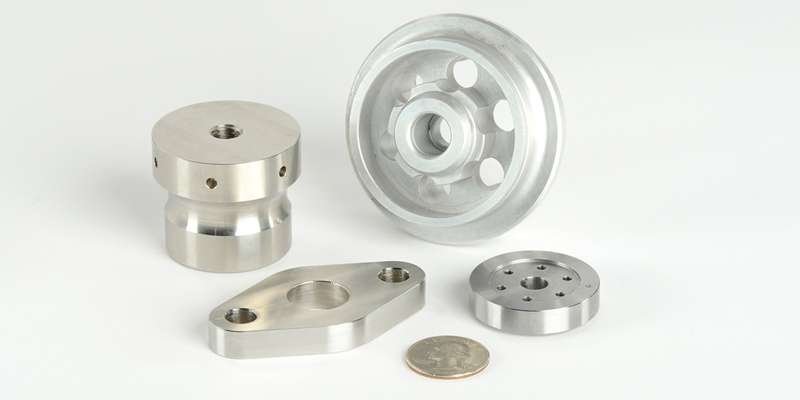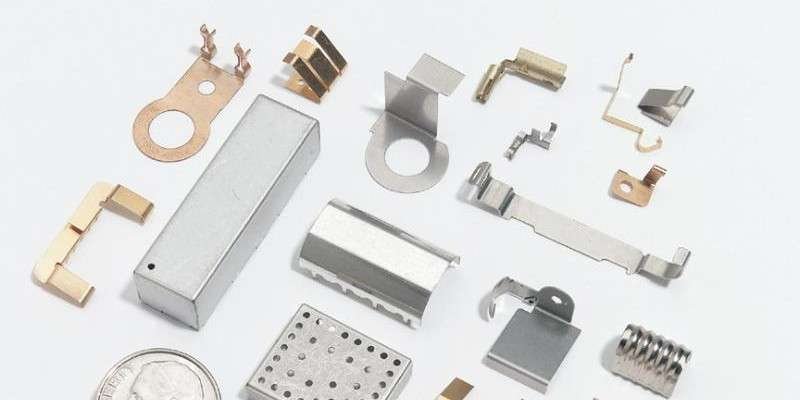Riveting is a joining technique that uses a rivet (a type of fastener) to join two parts. It is popular in industries like automotive, aircraft, building, construction, etc. Because all types of rivets can join parts made of dissimilar materials and it does not cause thermal stress.
Selecting a rivet for your project depends on understanding the different types of rivets based on structures, functions, and material makeups. This article will explain how rivets work, the rivet types, how to calculate the rivets’ size, and the pros and cons of using rivets.
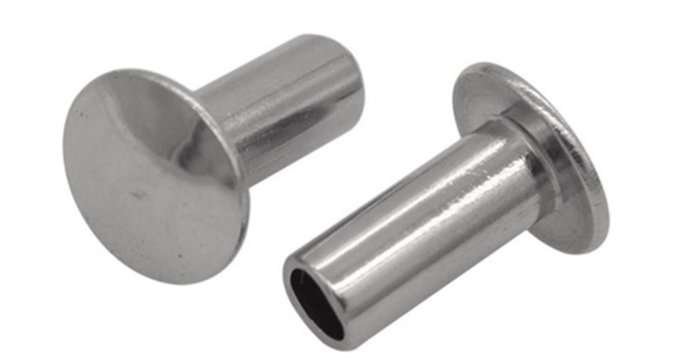
Table of Contents
ToggleWhat is a Rivet?
A rivet is a mechanical fastener with a head (having different shapes) and a cylindrical shaft (which can be hollow or not) used to join two parts. There are several types of rivets based on designs, shapes, and sizes, which determine the intended applications.
The process of using a rivet is known as riveting, and unlike other joining mechanisms like welding, riveting does not involve heating. In addition, unlike the adhesive joining mechanism, it is stronger.
Since it does not use heat, you can use all rivet types for thin parts and materials susceptible to thermal stress. They also do not generate any Heat Affected Zone (HAZ) and are the perfect joining components for materials made of different materials.
How Does a Rivet Work?
The mechanism of joining two parts depends on the types of rivets. Generally, rivets are single-use components and to use them. The first thing to do is to create a hole in the two workpieces. But Not all rivets need a hole, for example, self-piercing rivet types.
The created hole dimension and other factors workpiece material and workpiece dimension, then guide in the selection of the right rivet in terms of material and dimension.
Then, inserting the rivets into the hole and deforming them using a rivet gun or a hammer will cause the tail to spread out, creating a new head (factory head), and a deformed tail (bucktail). For soft materials or oversized holes, consider using a washer.
How to Calculate Rivet Size?
Rivet sizing involves calculating its diameter and length.
Calculate the Rivet Diameter
Select the thickest sheet in the stack up and measure the thickness;
Multiply this value by 3 and round up;
Compare with the decimal equivalent and select the closest rivet with that diameter.
For example,
Using 0.040, 0.030-inch metal sheets stack up.
The thickest sheet is 0.040 inches
3(0.040) = 0.120
- 1/32 = 0.03125
- 2/32 = 0.0625
- 3/32 = 0.09375
- 4/32 = 0.125
Therefore, the proper rivet diameter is 4/32, or use rivet number 4.
Calculate the Rivet Length
Measure the total material thickness;
Add 1.5 times the predetermined diameter;
Round up to the nearest rivet length.
Using the example above,
0.040 + 0.030 = 0.070
1.5(0.125) = 0.1875
0.1875 + 0.070 = 0.2575
- 1/16 = 0.0625
- 2/16 = 0.125
- 3/16 = 0.1875
- 4/16 = 0.25
Therefore, the proper rivet size is 4/16.

Types of Rivets Based on Materials
Rivets are also classified based on their material makeup which contributes to properties such as durability, corrosion resistance, strength, etc., and the rivets’ applications. Below are the common materials used in making different types of rivets.
Steel Rivets
Steel rivets are the most common type of rivets due to their strength, aesthetic value, durability, and resistance to wear and tear. They are suitable for heavy-duty applications and their mechanical properties can be enhanced by manufacturers plating them with chrome or zinc.
Aluminum Rivets
Aluminum rivets are strong (weaker than steel), light, and cost-effective. Furthermore, their high corrosion resistance makes them the perfect fasteners for parts exposed to moisture as they form a protective oxide layer that prevents corrosion. Because they are weaker than steel rivets, aluminum rivers are suitable for lightweight jobs and soft/thin parts.
Brass Rivets
Brass rivets are malleable, durable, strong, and suitable for joining parts that function at low temperatures.
Copper Rivets
Copper rivets have a high aesthetic value and they perform excellently under extreme stress without breaking or damaging. In addition, they are corrosion-resistant and applicable to soft materials.
Types of Rivets Based on Operations
There are also different types of rivets based on their structure which influences how they operate. This section talks about the different rivet types and how their designs affect the way they function.
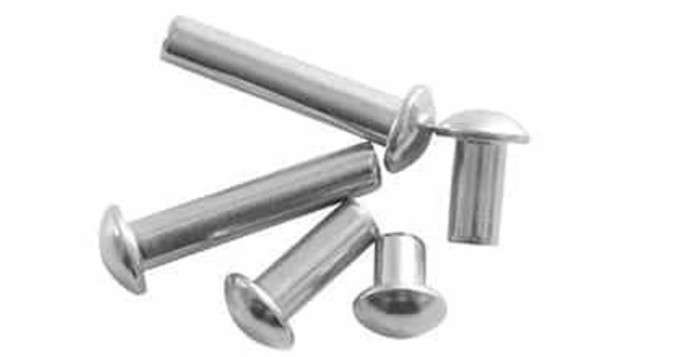
1. Solid Rivets
Solid rivets or round rivets are the oldest types of rivets and are known for being safe and reliable. They have a characteristic solid shaft and head with the lower part of the shaft deformed using a rivet gun.
There are four types of solid rivets explained below:
1.1 Flat Head Solid Rivets
These types of solid rivets have a flat head and plain shaft. As a result of their wide head diameter, they are applicable in joining thick materials.
1.2 Round Head Solid Rivets
These solid rivet types have a mushroom-like head and a solid shaft. Round-head solid rivets are suitable for joining structural components and are common due to their ease of use.
1.3 Pan Head Solid Rivets
Pan-head solid rivets have a pan-shaped head that provides a larger surface area. They work well with heavy structural works without causing any damage.
1.4 Countersunk Solid Rivets
They have a characteristic flat head but a cone-shaped angle that tapers towards the shaft. These features help to reduce overall drag and create a smooth and strong finish.
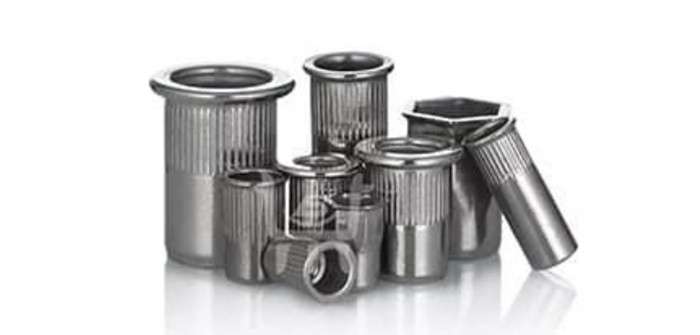
2. Blind Rivets
Blind rivets or pop hollow rivets are applicable for joining parts in restricted or hard-to-reach regions. They comprise the body or rivet pin and a mandrel which falls off during installation as the body expands to leave a smooth and strong joint.
From their name, blind rivets can only be installed from a part i.e., they are blind to the other side. They come in different designs highlighted below:
2.1 Drive Pin Rivets
Drive pin rivets have a short mandrel. Drive pin rivets are useful for hard surfaces and outdoor applications.
2.2 Peel Rivets
Most manufacturers reserve peel rivets for delicate materials including rubber, plastic, and wood. Upon installation, the body splits and spreads out to hold the workpiece tightly.
2.3 Grooved Rivets
These types of rivets come with special grooves on the rivet body that increase the gripping force. A grooved rivet can work without a pre-drilled hole as it embeds itself permanently into the parts.

3. Tubular Rivets
Tubular rivets are like solid rivets. However, they have a shallow hole at the end of the shank that flattens out when one applies force. In some cases, the manufacturer passes the rivet through the material before joining the hollow part with an extra head.
It also requires one-quarter of the solid rivet’s installation force. A tubular rivet is useful in commercial applications and does not require special skills to use. There are two main types of tubular rivets.
3.1 Semi-Tubular Rivets
The hole is located at the field end and is usually 1.12 of the shank’s diameter. These types of rivets may give a feel of using a solid rivet after deforming the head.
3.2 Full Tubular Rivets
Full tubular rivets have a deeper hole than the semi-tubular rivets. As a result, they are weaker than the others but can join soft materials such as plastic.
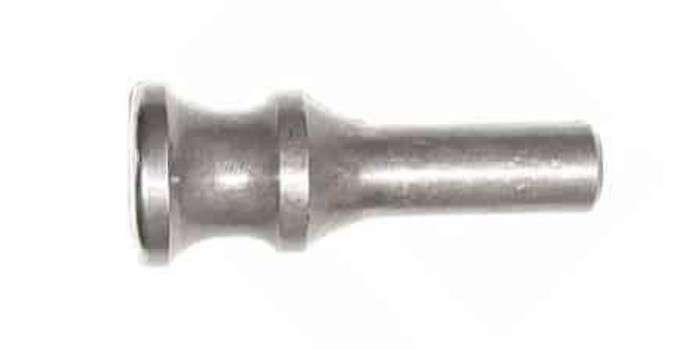
4. Flush Rivets
Flush rivets have a cone-shaped depression in the head. They are clean, aesthetically appealing, and reduce the incidence of aerodynamic drag or turbulence. Flush rivets are primarily found on external metal surfaces in aviation aircraft.
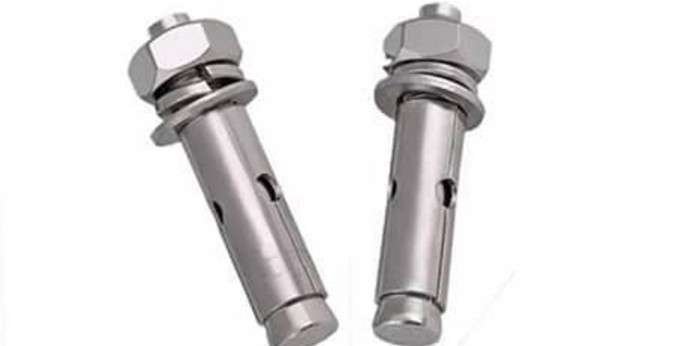
5. Friction-lock Rivets
Friction lock rivets are like expanding bolts. However, a stem extends below the shank that snaps off when the friction exceeds a certain limit. Friction lock rivets were initially classified under blind rivets. It comes in two forms; self-plugging or pull-through.
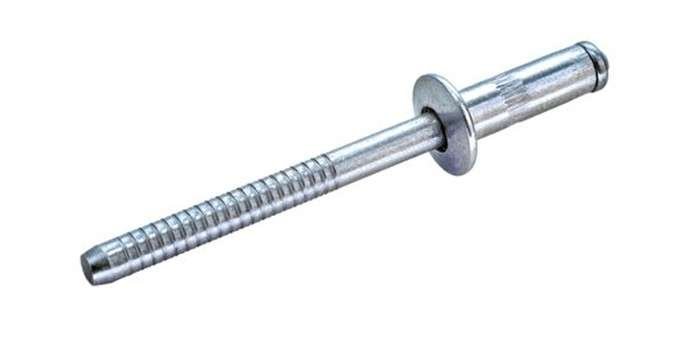
6. Oscar Rivets
Oscar rivets do require you to have full access to both sides of the part. It comes with three splits along the hollow shaft ideal for repairs. The shaft folds out and embeds the walls of the hole as the mandrel falls off. The splits prevent removal and assure longevity.
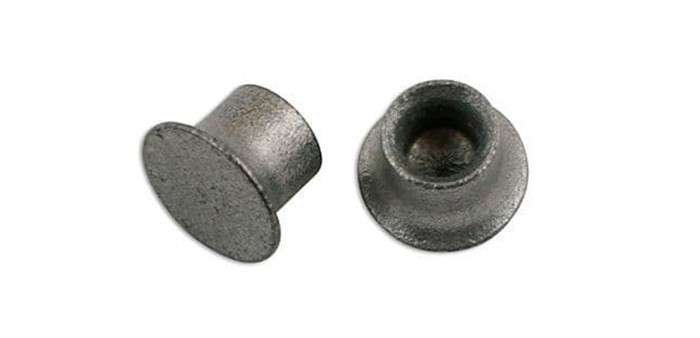
7. Self-piercing Rivets
Self-piercing rivets come with sharp tips on the shaft that make holes in the material as they pass through. It lessens manufacturing time as it does not require already drilled holes to function. They are strong and can join multiple metal sheets together.
What are the Advantages of Using Rivets?
Rivets have significant advantages over other types of fasteners. They are strong, and durable and enhance production output. Here are some advantages one gets from using rivets.
Durability
Generally, metal rivets are durable joining components. However, this depends on its material makeup. Steel and aluminum rivets are reliable and durable because of their strength and insusceptibility to corrosion, pressure, and impact.
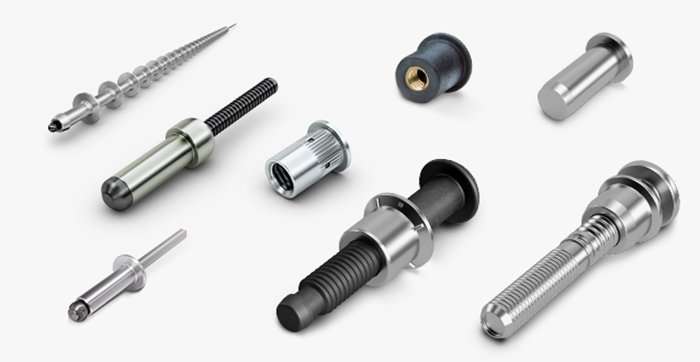
Simple Installation, Inspection, and Maintenance
Compared to other joining methods, riveting is easier as it takes professionals a few seconds to install a rivet. Furthermore, quality inspection is easier and rivets do not require special maintenance tools.
Increased Production Output
Riveting increases production output. With this process, more parts are produced in a batch at a low cost and shortest time possible. It decreases production costs and boosts productivity.
Flexibility in Design
Rivets come in a variety of sizes and designs to meet different industries’ needs. One can also paint or polish rivets as needed. Furthermore, they are made of different materials to provide more options to choose from.
Limitations of Rivets
Despite the numerous advantages, the different rivet types have some shortcomings. Knowing the following limitations will help you make informed decisions before using them.
Higher Structural Weight
Rivets further increase the weight of a part. This is a drawback for industries like aerospace or automotive that require lightweight parts to improve fuel efficiency.
Not Leak Proof
Most metal rivets are not watertight. Manufacturers incur extra expenses to include a leakproof seal for the resultant joint.
More Work Force
The riveting process requires more workers. Some personnel heat the rivets and drill holes. Others fit the rivets before deforming them.
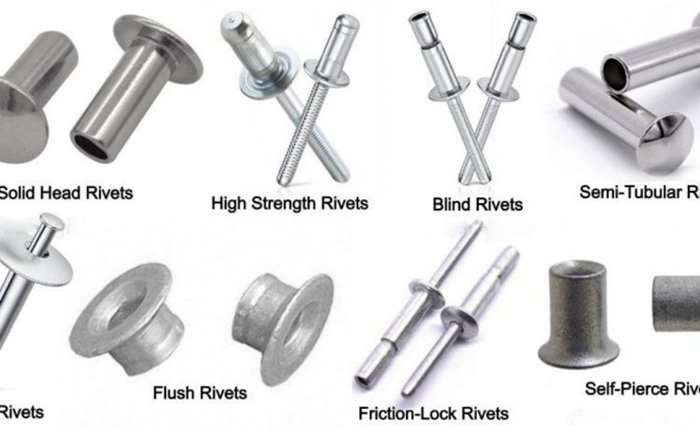
Applications of Rivets
Part manufacturers of several industries make use of different types of rivets in different settings. Below are the common industries that make use of rivets in their product development.
Aerospace Industry
Alongside joining mechanisms such as welding and bolting riveting is important in the aerospace industry. It is the better option for joining dissimilar parts or parts that are averse to thermal stress. The aerospace industry uses aluminum parts which are difficult to weld hence the popularity of rivets for creating strong joints.
Automotive Industry
Riveting is common in the automotive industry because the industry makes use of dissimilar materials. Rivets are applicable in joining automotive components like exhaust systems, door hinges, chassis, speakers, wheel arches, and dashboards.
Marine
The marine industry makes use of parts made of dissimilar materials which makes riveting a common joining method in the industry. Rivets are applicable for joining boat hulls and other ship parts firmly.
Jewelry
Riveting is a common cold connection technique in the jewelry industry. It creates strong and sturdy earrings and neckpieces. In addition to its fastening function, rivets increase creativity. They further beautify jewelry without soldering or applying heat.

Differences Between Riveting vs Welding
Riveting and welding are common joining techniques in manufacturing. Though they serve the same purpose, they differ in many ways. The following are some differences between welding and riveting.
Material Compatibility
Riveting is compatible with many materials and can join dissimilar materials. On the other hand, welding takes into account the melting point of the metals in question. As a result, welding metals with a large difference in melting point may be challenging.
Cost Effectiveness
The riveting process is more expensive than welding. It includes the cost of manufacturing the rivets, equipment setup, and labor. Welding tools and machines are less expensive and easy to operate.
Speed
When it comes to speed, welding has an advantage over riveting. Welding does not involve multiple steps. One can continuously produce without unnecessary stops. However, thicker and heavier parts may reduce the welding speed.
Strength
Welded joints are strong because of the heat input. As the melted metals fuse and cool down, the resultant joint is as strong or even stronger than the base metals. On the other hand, the strength of a riveted joint may be compromised as the load increases.
Safety
Riveting and welding are both safe processes when one follows safety rules. However, riveting is safer. Though welding is automated, the use of heat is a disadvantage. Continuous exposure to toxic fumes and radiation can cause irreversible health damage.
Aesthetics
Welded joints are smooth and are on the same level as the base metals. They may go unnoticeable when viewed from afar. However, rivets are more evident and often bulge out. This protrusion may decrease the aesthetic appeal of the final part.
Applications
Welding is used for construction projects, parts repairs, and parts manufacturing in defense and electrical industries. On the other hand, riveting has applications in shipbuilding, storage tanks, and the aviation industry.
Conclusion
Rivets are joining components popular in the aerospace, automotive, building, and construction industries because they do not make use of heat and they can join parts made of dissimilar materials. What is the meaning of rivets and how do they work? We hope this article has answered all your questions on rivets. Feel free to contact us for further questions and inquiries.
FAQs
What are the safety precautions when riveting?
When riveting, always wear PPEs and use a clamping device for large parts.
What is the regular diameter size of a rivet?
A rivet’s normal diameter size is 1/8th of one inch (3.175mm).
How do I choose the right rivet?
To choose the right rivets, you need to consider the rivet grip range, the pre-drilled hole diameter, the rivet’s head design, and material makeup.

